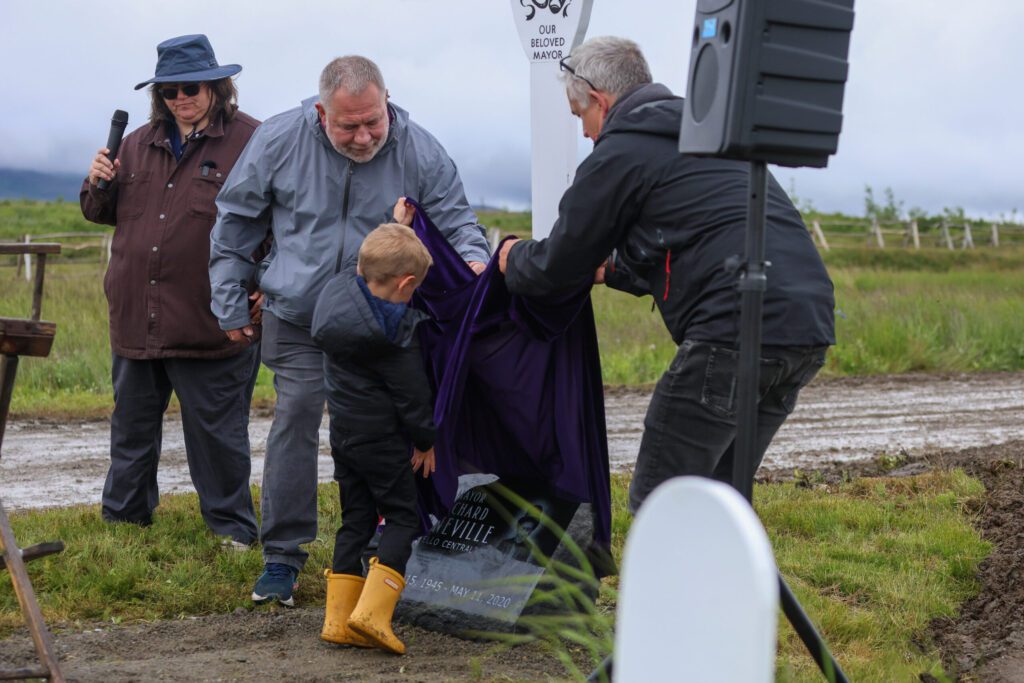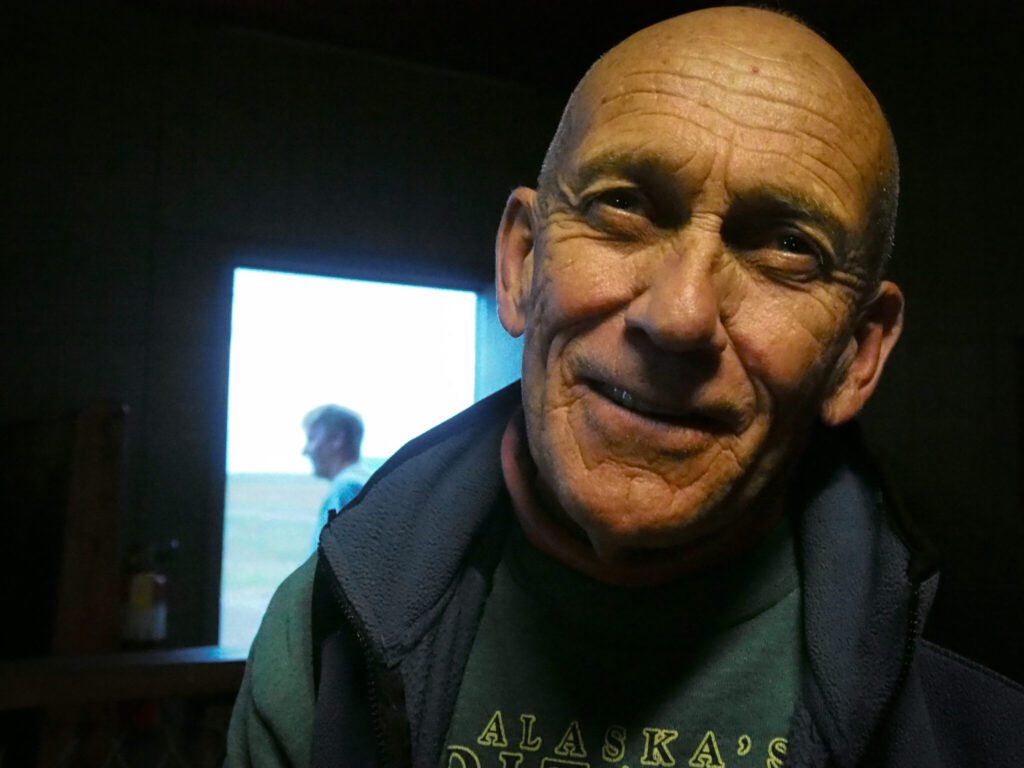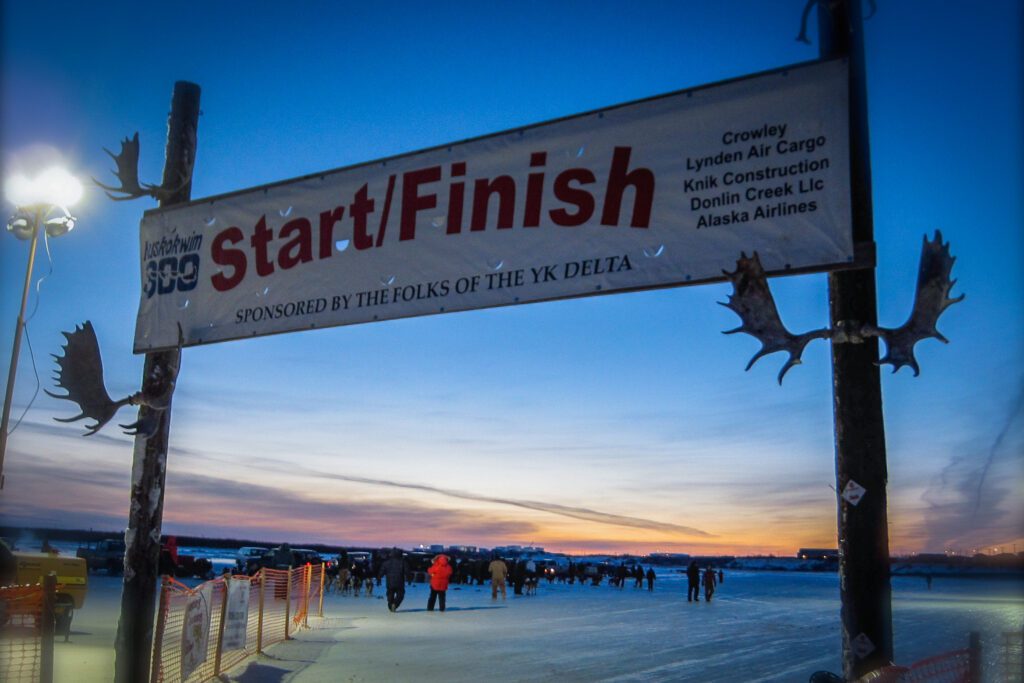Heroin use has been steadily increasing in the United States since 2007, according to the National Institute on Drug Abuse, and western Alaska has been no exception.
In the state’s annual Drug Report, released earlier this year, the Alaska Department of Public Safety reports not only an increase in use but an increase in law enforcement’s response to the drug. More than four times the amount of heroin was seized in 2014 than in 2012, just two years earlier. And statewide heroin-related arrests leapt from 146 to 209 in the same time span.
But for many living in the Bering Strait region, these crack-downs haven’t gone far enough. Bethel city councilman Byron Maczynski spoke at Kawerak’s Rural Providers Conference in Nome yesterday, to address the issue.
Maczynski says that Western Alaska’s Alcohol and Narcotics Team (or WAANT) and Bethel Police estimate the YK delta hub has between 250 and 300 current heroin users. And while those numbers may dwarf the list of recent successes – including two heroin-related arrests in Bethel last week, and six in Nome this winter – he says stemming the flow of narcotics into his community is a priority.
Maczynzki shared some of Bethel recent successes – such as establishing outreach programs to educate community members on the drug, and creating a local government task force. He invited those from elsewhere in the Bering Strait to share in the dialogue to voice concerns and successes within their own communities.
Nome Mayor Denise Michels spoke about steps Nome has already taken to combat the illegal sale and distribution of narcotics, including a partnership with DEA, a drug-detecting K9 unit named “Icon,” and working partnerships with the Coast Guard and Airman’s Association to cut off supply. But she said the number one priority for Nome is more medical personnel who can work with those who want to get well.
Maczynski also voiced the need for a treatment facility within the region, saying the medical community has contributed to the spread of addiction, through the liberal prescription of opioid painkillers.
And while he acknowledges that the path to recovery – for users and their communities – is a long one, he said the most important thing is to take a stand together.
“When you’re talking about heroin, you’re going to get a lot of push back. But when you stand up as a community, you can’t really push a whole community,” he said.
Maczynski met with some “push back” in April, when he received a death threat related to his campaign against heroin use. The 28-year old councilman says the threat only encouraged him to keep fighting, and encouraged others to do the same in their communities – saying: “As soon as one [stands up], the rest will stand up.”







